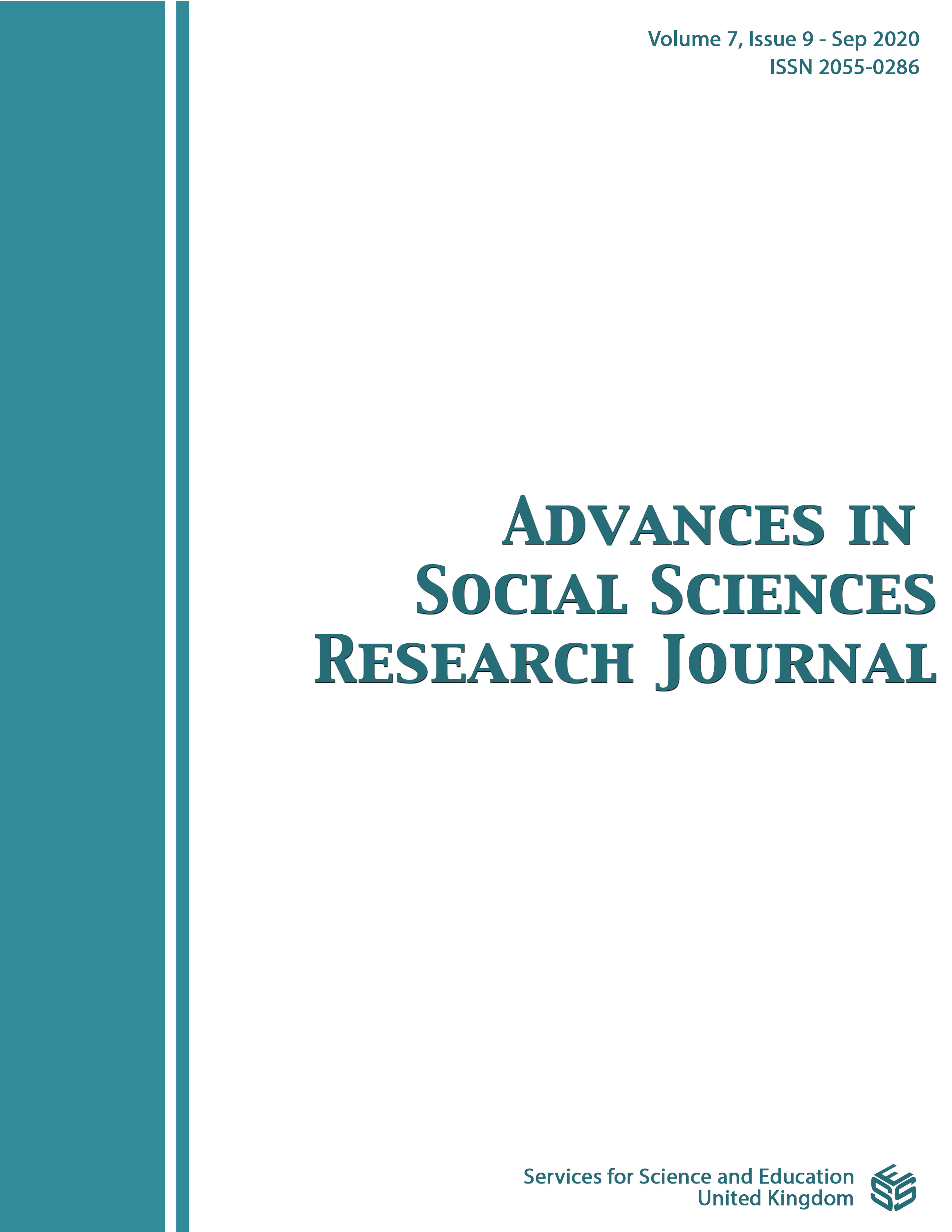Demographic Variables Influencing Selective Mutism Among Secondary School Adolescents In Obio/Akpor Local Government Area Of Rivers State
DOI:
https://doi.org/10.14738/assrj.79.8841Keywords:
Demographic Variables (Family Type and Socioeconomic Status), and Selective MutismAbstract
The study examined demographic variables influencing selective mutism among secondary school adolescents in Obio/Akpor Local Government Area of Rivers State. The study adopted the ex-post-facto research design. Two research questions as well as two corresponding null hypotheses guided the study. The population of the study comprised all 14,784 senior secondary school students (SSS 1, 2 and 3) in the 16 public secondary schools in Obio/Akpor LGA of Rivers State. A sample of 80 secondary school adolescents were randomly and independently selected for the study using the purposive sampling technique. A standardized instrument tagged Skills Deficit Diagnostic Instrument (SDDI), was adopted to collect data for this study. The test re-test method was used to determine reliability and the score obtained was 0.81. Data collected was analyzed using mean, standard deviation and t-test statistics. The finding of the study showed that socioeconomic status significantly influence selective mutism among secondary school adolescents whereas family type did not. Based on the findings of this study, the researcher recommended among others that counseling for adolescents with selective mutism should be encouraged in all schools with the aim of improving adolescents’ mental health and pro-social skills.
Downloads
Published
How to Cite
Issue
Section
License
Authors wishing to include figures, tables, or text passages that have already been published elsewhere are required to obtain permission from the copyright owner(s) for both the print and online format and to include evidence that such permission has been granted when submitting their papers. Any material received without such evidence will be assumed to originate from the authors.






